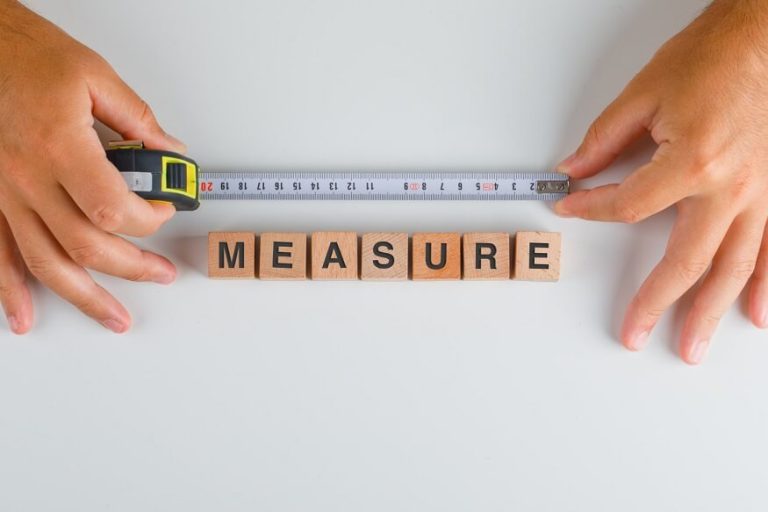Measurement is a fundamental aspect of science and various fields that requires precision and a profound understanding of the dimensions and quantities involved. It enables comparisons, supports scientific inquiry, and facilitates the development of technology. The essence of measurement can be encapsulated in the prosaic act of assigning numbers to attributes, facilitating communication of ideas derived from observations. However, measurement is more than a simple numerical designation; it underpins the relationship between theoretical concepts and empirical realities.
Metrology, the science of measurement, encompasses both the theoretical and practical underpinnings of measurement systems, standards, and techniques. It encompasses the calibration of instruments, the establishment of measurement standards, and the development of units. Metrology is often viewed through three primary subfields: scientific metrology, industrial metrology, and legal metrology. Each of these areas plays a crucial role in ensuring the consistency, accuracy, and reliability of measurements across various applications.
One of the core elements of measurement is the type of quantities being measured. Quantities can be categorized into two fundamental classes: scalar and vector quantities. Scalars, such as length, mass, and temperature, are characterized solely by magnitude. For example, acknowledging the temperature of a substance requires a consideration of only the numerical value. In contrast, vector quantities like force and velocity incorporate both magnitude and direction, necessitating a multi-dimensional perspective.
When assessing measurement, it is essential to consider the various scales and systems employed. The International System of Units (SI) stands as the most widely adopted measurement system globally. It delineates the base units—meter for length, kilogram for mass, second for time, ampere for electric current, kelvin for temperature, mole for the amount of substance, and candela for luminous intensity. These fundamental units form the backbone of numerous derived units like newton for force and joule for energy, allowing for an interconnected framework of measurement that fosters scientific advancement.
Each measurement possesses inherent uncertainties. Measurement uncertainty refers to the doubt inherent in the result of a measurement, arising from various factors including instrument limitations and environmental conditions. Quantifying this uncertainty is paramount, as it guides the reliability of the perceived measurement. Statistical techniques are often employed to evaluate uncertainties, leading to better decision-making in both scientific and industrial applications.
Scientific metrology establishes the foundation for research and innovation, focusing on accuracy, precision, and traceability. Academic institutions and laboratories engage in scientific metrology to develop better measurement techniques and instruments, supporting advancements in fields such as physics, chemistry, and biology. The quest for precision governs experimental design, data analysis, and ultimately, the establishment of scientific laws.
In stark contrast, industrial metrology emphasizes operational efficacy. It concerns the practical uses of measurement in manufacturing processes, quality control, and product validation. For instance, engineers must ensure that the dimensions of a machined part comply with specifications to prevent assembly issues. Calibration, a crucial process in industrial metrology, minimizes deviations by periodically checking and adjusting measuring equipment. Notably, technological advancements such as digital and automated measurement systems streamline these processes, enhancing overall productivity.
Legal metrology operates within the regulatory framework to maintain public trust and safety. It encompasses measurements related to trade, health, and safety, ensuring consistency and fairness in commercial transactions. Instrumentation designed for legal metrology must comply with stringent standards, tested and certified by authoritative bodies. Consider the accuracy of fuel dispensers or the precision of scales used in grocery stores; these instruments require robust oversight to guarantee consumer protection.
With the advancement of technology, emerging fields such as nanometrology, which deals with measurement at the nanoscale, illustrate the evolving nature of metrology. This specialized field faces unique challenges due to the peculiarities of quantum phenomena, necessitating sophisticated techniques and instruments. For example, scanning tunneling microscopy enables the visualization and measurement of surfaces at an atomic level, marking a significant leap in capabilities.
Furthermore, the role of measurement extends beyond conventional domains. In the social sciences, metrics are employed to quantify qualitative aspects, facilitating research in behavior and sociology. Here, measurement challenges prevail as researchers endeavor to translate subjective experience into quantifiable data. Employing validated scales and indices aids in the objective assessment of abstract concepts, enhancing the credibility of findings.
The interplay between measurement and technology is evident; innovative measurement techniques often catalyze scientific breakthroughs. In astronomy, for instance, the deployment of high-precision instruments like laser interferometry has enabled measurement of cosmic distances with unprecedented accuracy. These advancements not only redefine our understanding of the universe but also influence technology development on Earth, such as improved satellite navigation systems.
Finally, the understanding of measurement principles enriches various disciplines, influencing the formulation of policies, standards, and regulations that touch everyday life. From manufacturing to healthcare, the implications of accurate measurement reverberate through society, ensuring quality, safety, and well-being. In conclusion, measurement and metrology, inherently linked to science, industry, and daily activities, form the bedrock of reliability in an increasingly complex world. Continuous evolution in methodologies and technologies promises to yield further innovations that will shape our understanding and interactions with the universe.










